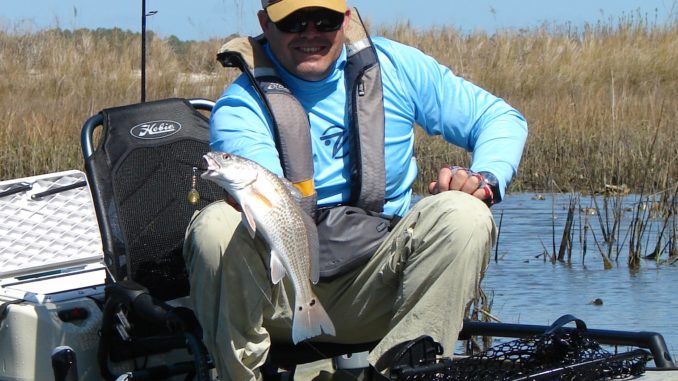
Anglers must be more diligent when fishing from kayaks during winter. Things that might merely be unpleasant when the air and water are slightly warmer can become life-threatening when the temperature drops.
The most important thing is to wear your PFD. It can’t help you if you aren’t wearing it, and the shock of falling into cold water can incapacitate you briefly — just enough to let a kayak drift away with the current or wind.
Dressing appropriately is a must. Some dry suits keep a kayaker warm and dry, even during a dunking, but they are expensive. If you can’t afford one, do the best you can with rain gear and waders. Snug the cuffs and waist to slow water getting in and carry a change of clothes for if you get wet.
A float plan is an absolute must. Leave your plan with someone reliable and list where you will launch and return, where you will fish and when you will return. Include your cell-phone number, plus a description of your kayak and vehicle.
Dry bags and tethers are extra important during cold weather. You must keep your cell phone dry, and the change of clothes must be dry. A VHF radio is a good addition, especially in coastal areas where the Coast Guard monitors Channel 16. Carry a light even if you’re sure you won’t need it — you might. Tethers keep your rods and reels from disappearing, but one on your paddle is more important. If your paddle is dropped and sinks or floats away, it could mean big trouble.
Winter kayak-fishing is fun and can be very productive, but the air and water will harm you much more quickly than in other seasons. There is a axiom known as the “1-10-1 Rule” that everyone on the water should know. In water of around 50 degrees, a person who falls in needs to make the decision to try to get to shore or back in their boat in the first minute. Then, you have about 10 minutes in which your muscles will work in the cold. Once out of the water, you have about one hour before life-threatening hypothermia sets in.
Being prepared can save your life, and you must be alive to share pictures of the big fish you caught.



Be the first to comment